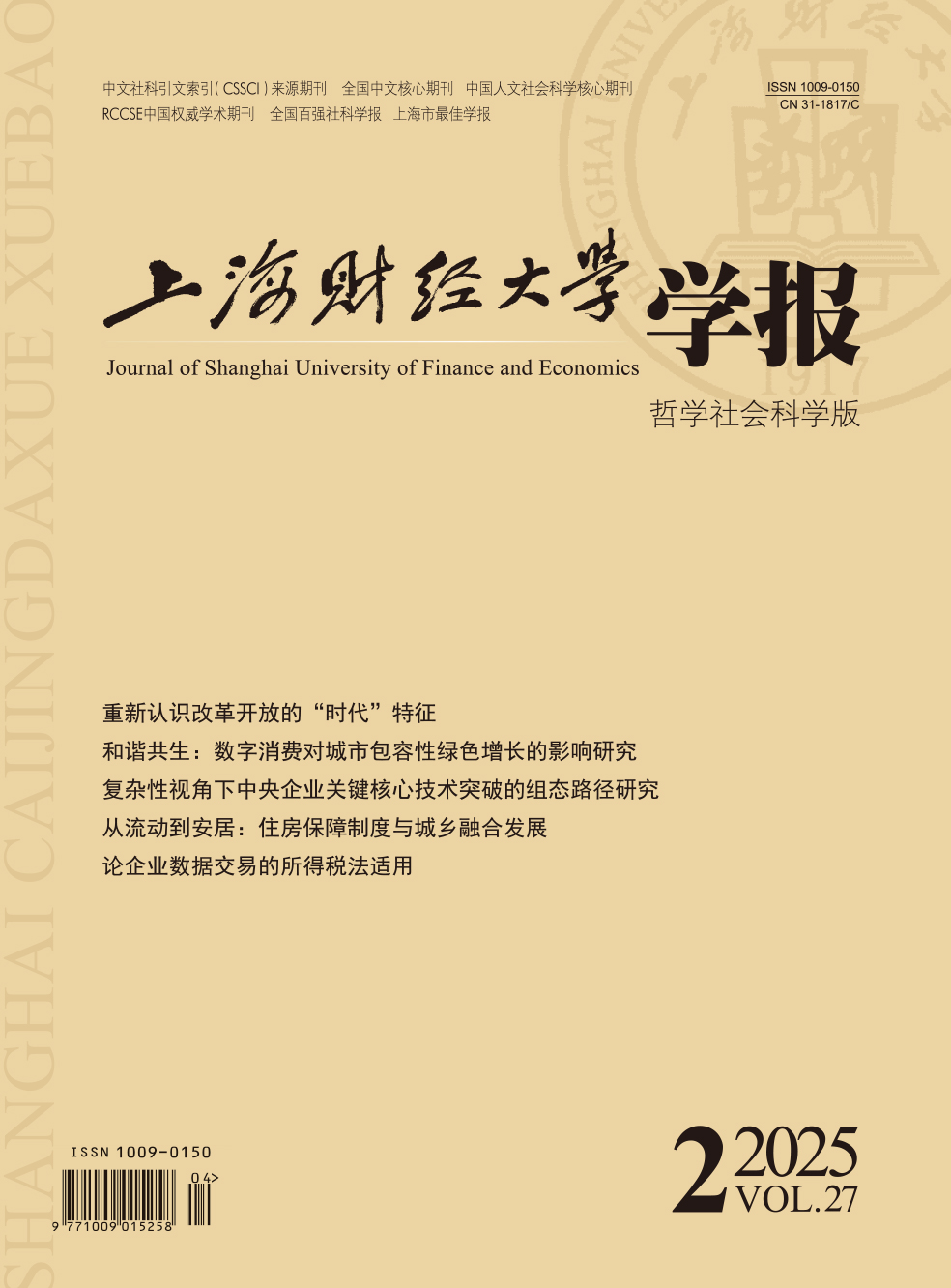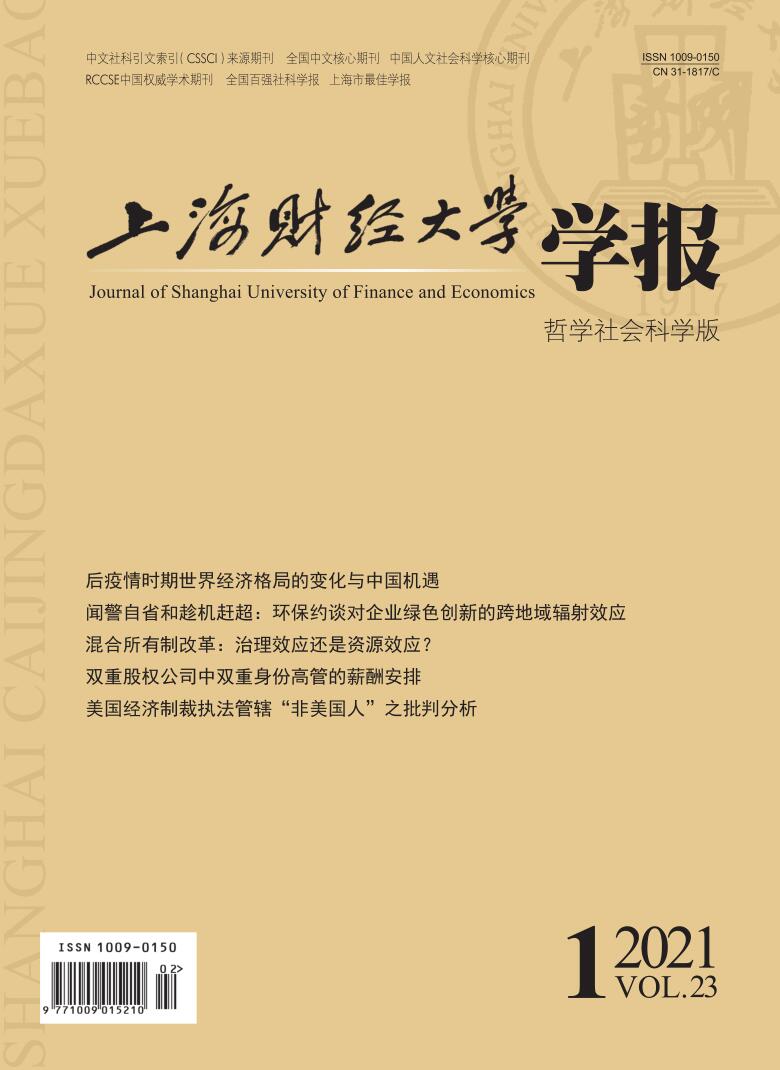In an increasingly competitive economic market, R&D innovation is not only an important mean for enterprises to maintain core competitiveness and create benefits, but also a focus for investors. However, due to the particularity of R&D innovation itself, related information is difficult to identify, which may affect the efficiency of resource allocation and the long-term development of enterprises. Can the bond market discriminate the information transmitted by enterprise R&D innovation behavior? What kind of attitudes do they have towards corporate R&D innovation behavior? Based on the theory of signal transmission, this article uses the corporate bonds of listed companies in China from 2009 to 2018 as the sample to examine the efficiency of information transfer and resource allocation efficiency of China’s bond market on corporate R&D innovation. The study finds that corporate R&D input and output are negatively related to bond credit spreads, and companies that are actively engaged in R&D innovation will have lower bond financing costs. From the perspective of the nature of bonds, the relationship between corporate R&D innovation and credit spreads on short-term bonds and high-rated bonds is more significant; compared with state-owned enterprises, the bond market is more sensitive to private enterprises’ R&D innovation information; compared with non-innovative enterprises, the bond market is more optimistic about innovative enterprises’ R&D investment, but their attitude towards R&D output is opposite. Further research finds that when R&D investment is too high, the bond risk premium will increase instead, and the relationship between R&D investment and credit spreads is “U”; the “Mass Entrepreneurship and Innovation” macro policy strengthens the bond market’s response to corporate R&D information. In the robustness test section, we conduct sensitivity analysis on the main explained variables, explanatory variables, and regulatory differences in different listed sectors, and the above conclusion is still valid.
The main contributions of this article are as follows: Firstly , this article expands the literature view in the direction of “external soil”. Secondly, based on the signal transmission theory, this article treats corporate R&D innovation behavior as a signal, and examines the interpretation of this signal by bond investors, enriching the literature view of debt financing. Thirdly, from a practical point of view, the empirical result of this article shows that China’s bond market can identify corporate R&D innovation information and interpret it as a positive signal, thereby reducing the financing cost of R&D innovation “high-quality” companies, which indicates that the bond market has higher information transmission efficiency and resource allocation efficiency, namely, for companies with financing constraints, it is conducive to increase their enthusiasm for innovation and improve their core competitiveness. All in all, this article provides empirical evidence for the bond market’s role in the real economy, and has implications for improving transition economies’ R&D innovation capabilities and improving their bond market mechanism.






 4827
4827  6312
6312

